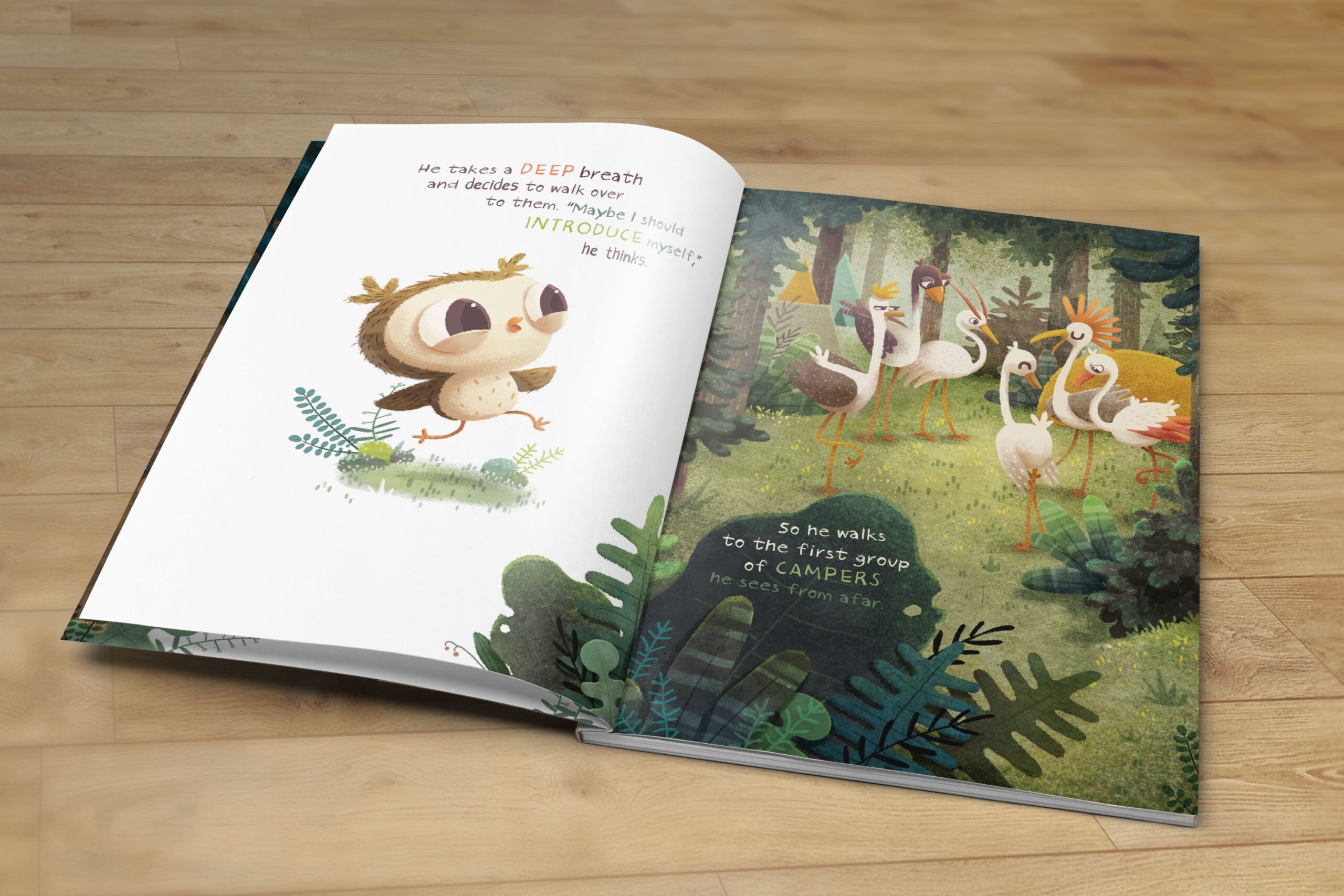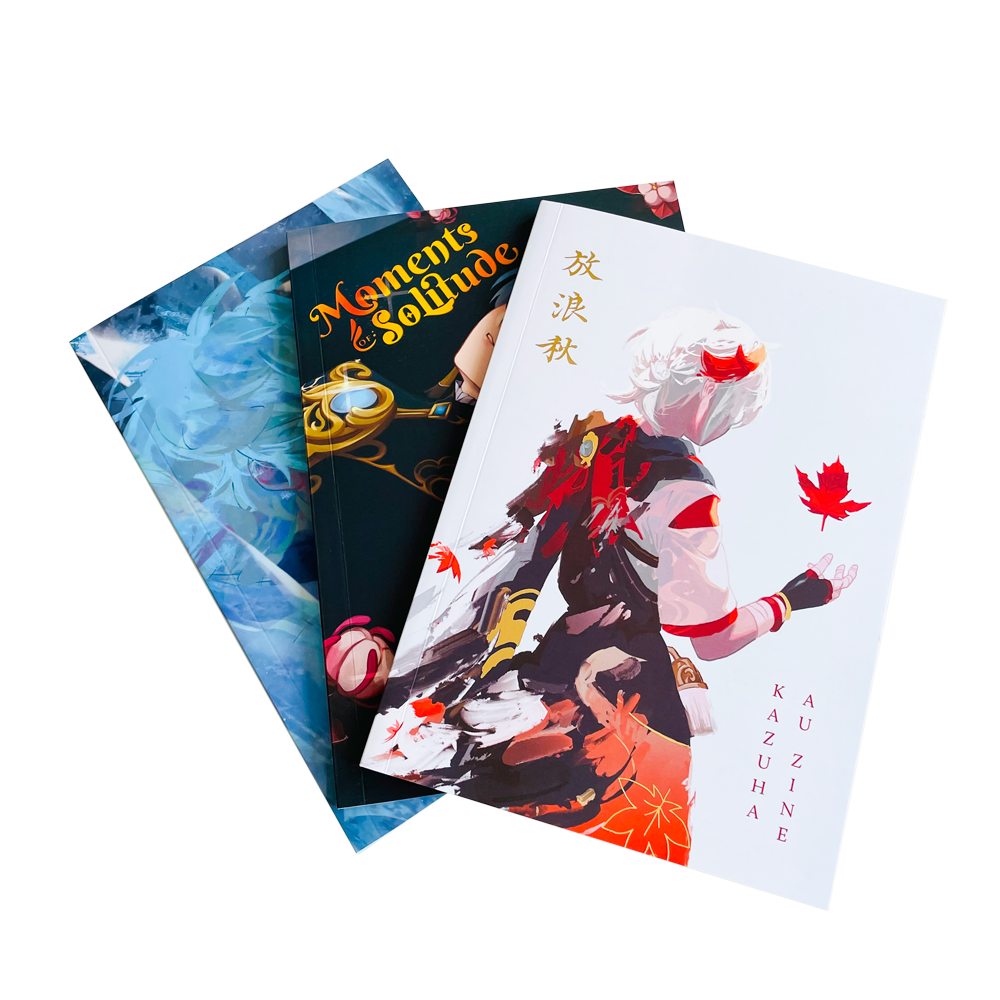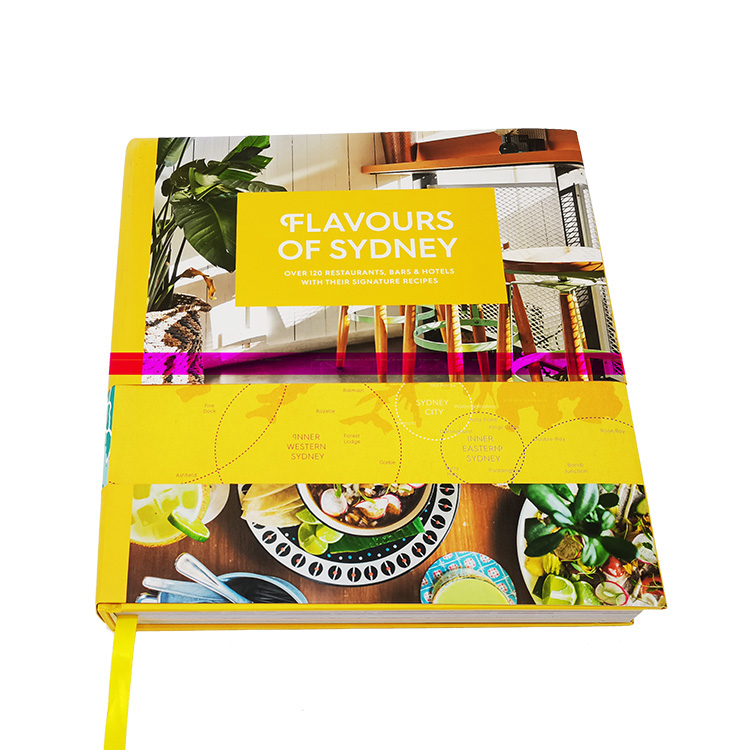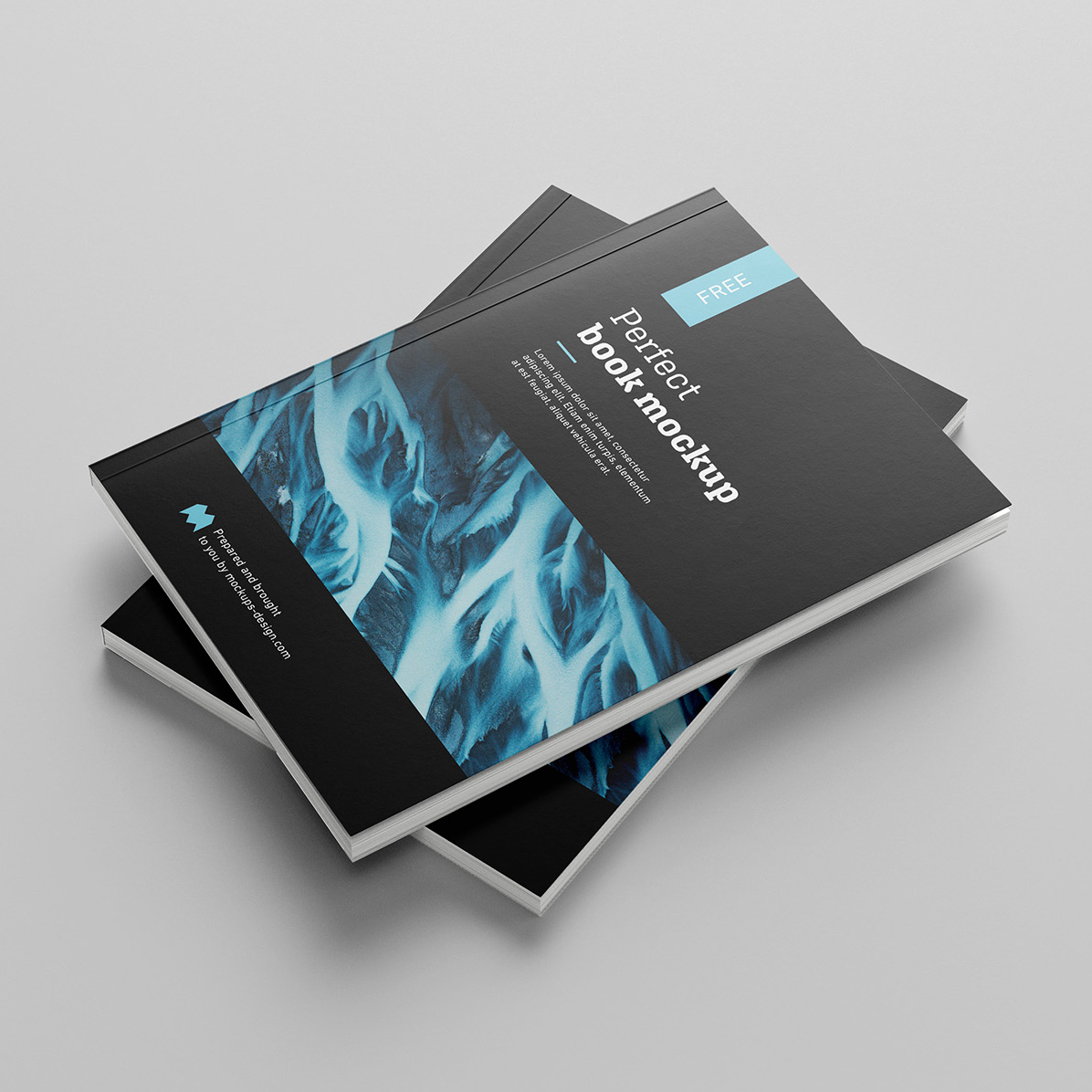Как выбрать лучшую фабрику по изготовлению книг на заказ в Китае
Когда дело доходит до печати иллюстрированных книг, качество бумаги играет решающую роль в конечном результате. Правильный выбор бумаги усиливает визуальную привлекательность ваших иллюстраций, обеспечивая яркие цвета и четкие детали, а также предлагая наилучшие впечатления от чтения. В этой статье мы рассмотрим идеальные типы бумаги для иллюстрированных книг, уделив особое внимание бумаге с покрытием, ее типам (глянцевой и шелковой) и их особым преимуществам в различных дизайнах книг. Независимо от того, публикуете ли вы книгу с большим количеством иллюстраций или смесью текста и изображений, выбор правильной бумаги может поднять ваш проект на новый уровень.
Понимание тонкостей выбора бумаги необходимо для любого, кто занимается производством иллюстрированных книг. Правильно выбранная бумага подчеркивает красоту иллюстраций и создает высококачественный, долговечный конечный продукт. Мы разберем характеристики бумаги, такие как глянец, блеск, текстура и вес, чтобы помочь вам принять обоснованное решение для вашего проекта.
Оглавление
1. Понимание типов бумаги для иллюстрированных книг
Первый шаг в выборе лучшей бумаги для вашей иллюстрированной книги — понимание различных типов бумаги, доступных на рынке. Когда дело касается иллюстрированных книг, бумага с правильным балансом между текстурой, весом и отделкой имеет решающее значение. Наиболее популярными вариантами для иллюстрированных книг являются мелованные бумаги, которые выпускаются с различными отделками, такими как глянец и шелк.
Бумага с покрытием гарантирует, что цвета и изображения в вашей книге будут четкими и яркими. Поверхность с покрытием позволяет чернилам оставаться на поверхности бумаги, а не впитываться, что приводит к более ярким и интенсивным цветам. Однако выбор между глянцевым и шелковым покрытием зависит от желаемой эстетики и функциональности.
2. Что такое мелованная бумага?
Бумага с покрытием относится к любому типу бумаги, обработанному покрытием для повышения ее гладкости и яркости. Этот тип бумаги особенно полезен для печати книг с большим количеством изображений, таких как иллюстрированные книги. Покрытие не только улучшает яркость изображений, но и придает страницам долговечность. Два наиболее распространенных типа бумаги с покрытием — глянцевая и шелковая, каждая из которых имеет свои преимущества.
Бумага с глянцевым покрытием имеет блестящую, отражающую поверхность, которая делает изображения яркими и контрастными. Бумага с шелковым покрытием, с другой стороны, обеспечивает мягкий блеск, не будучи слишком глянцевой. Это делает ее отличным выбором для книг, где и картинки, и текст играют важную роль.
3. Глянцевая бумага: когда ее использовать
Глянцевая бумага идеально подходит для иллюстрированных книг, в которых много фотографий или иллюстраций. Блестящая поверхность усиливает интенсивность цвета, что делает ее идеальной для книг, в которых изображения занимают центральное место. Будь то иллюстрированная книга для детей или фотокнига для взрослых, глянцевая отделка помогает цветам выглядеть более яркими и четкими.
Однако глянцевая бумага иногда может создавать блики под прямым светом, что может повлиять на читаемость. Для книг, которые сочетают текст и изображения, но где читаемость текста является приоритетом, это может быть не лучшим выбором.
Преимущества глянцевой бумаги:
- Высокая интенсивность цвета
- Четкие и яркие изображения
- Лучше всего подходит для книг с большим количеством изображений.
Недостатки глянцевой бумаги:
- Возможные блики
- При неправильном использовании может затруднить чтение текста.
4. Шелковая бумага: сбалансированный вариант для иллюстрированных книг
Бумага с шелковым покрытием — это золотая середина между глянцевой и немелованной бумагой. Она имеет легкий блеск, который подчеркивает изображения, не перегружая их. Это делает ее прекрасным выбором для иллюстрированных книг, где есть баланс между иллюстрациями и текстом.
Бумага с шелковым покрытием менее светоотражающая, чем глянцевая бумага, что означает, что она не создает бликов при разном освещении. Это делает ее фантастическим вариантом для иллюстрированных книг, которые включают как подробные иллюстрации, так и сопроводительный текст.
Преимущества шелковой бумаги:
- Легкий блеск улучшает изображения
- Подходит для комбинации текста и изображений.
- Уменьшение бликов, улучшение читаемости
Недостатки шелковой бумаги:
- Может не обеспечивать такой же контрастности, как глянцевая бумага.
5. Что делает бумагу подходящей для иллюстрированных книг?
При выборе бумаги для вашей иллюстрированной книги необходимо учитывать несколько факторов. Прежде всего, качество бумаги должно соответствовать предполагаемому результату вашей книги. Например, если вы хотите яркие, фотореалистичные изображения, то глянцевая бумага подойдет идеально. Если вы хотите более приглушенный вид с упором на читаемость, то вашим выбором должна быть шелковистая бумага.
Другие важные факторы, которые следует учитывать, включают:
- Качество печати: Бумага с покрытием, как правило, дает более четкие изображения по сравнению с бумагой без покрытия.
- Прочность: Иллюстрированные книги часто подвергаются интенсивному использованию, поэтому бумага должна быть достаточно прочной, чтобы выдерживать износ.
- Толщина: Вес бумаги — еще один важный элемент. Более толстая бумага придаст книге более дорогой вид, тогда как более тонкая бумага легче, но может казаться менее прочной.
6. Как плотность бумаги влияет на качество вашей иллюстрированной книги?
Плотность бумаги, обычно измеряемая в граммах на квадратный метр (г/м2), может влиять как на ощущение, так и на долговечность вашей иллюстрированной книги. Более тяжелая плотность бумаги сделает книгу более существенной и может улучшить ее долговечность. Более плотная бумага более устойчива к разрывам и сминанию, что особенно важно для детских иллюстрированных книг, которые часто используются.
- Легкая бумага (около 80–100 г/м²): часто используется для тонких книг или книг с легким содержанием, например, простых иллюстрированных книг или романов с минимальным количеством иллюстраций.
- Бумага средней плотности (100–150 г/м²): Идеально подходит для большинства иллюстрированных книг, обеспечивая хорошее соотношение прочности и гибкости.
- Плотная бумага (более 150 г/м²): Идеально подходит для высококачественных иллюстрированных книг или книг с высококачественными иллюстрациями, обеспечивая превосходные тактильные ощущения.
7. Влияние фактуры бумаги на качество изображения
Фактура бумаги может существенно повлиять на качество изображений в вашей иллюстрированной книге. Гладкая фактура обеспечивает четкую, чистую печать, что идеально подходит для высококачественных фотографий и сложных иллюстраций. С другой стороны, текстурированная бумага может обеспечить более тактильные ощущения, но она может немного смягчить детали изображения.
Варианты текстурированной бумаги включают льняную, ворсованную и войлочную отделку, каждая из которых предлагает свой собственный вид и ощущение. Для иллюстрированных книг гладкая бумага, как правило, является лучшим выбором, но для более художественного или винтажного вида вы можете рассмотреть возможность добавления текстуры.
8. Экологичные варианты бумаги для иллюстрированных книг
В современном мире, где заботятся об окружающей среде, многие издатели и потребители ищут экологически чистые варианты бумаги. Переработанная бумага и бумага, изготовленная из устойчивых источников, становятся все более популярными. Эти виды бумаги по-прежнему могут обеспечить высокое качество для иллюстрированных книг, поскольку производители теперь выпускают мелованную переработанную бумагу, которая сохраняет ту же яркость, что и традиционная мелованная бумага.
Преимущества экологически чистой бумаги:
- Снижает воздействие на окружающую среду
- Удовлетворяет спрос потребителей на экологически чистые продукты
- Доступно как в глянцевой, так и в шелковой отделке.
10. Значение бумаги для долговечности иллюстрированной книги
Прочность — ключевой фактор долговечности иллюстрированной книги. Толщина бумаги и покрытие влияют на то, насколько хорошо книга выдержит испытание временем. Книги, которые часто используются в руках, например, детские иллюстрированные книги, выигрывают от прочной бумаги, которая выдерживает грубое использование.
Выбор более плотной бумаги или более прочного покрытия может гарантировать, что ваша иллюстрированная книга прослужит дольше и сохранит свое качество даже после многократного использования.
11. Заключение: какая бумага подойдет для вашей иллюстрированной книги?
Выбор правильной бумаги для вашей иллюстрированной книги имеет важное значение для достижения желаемого визуального и тактильного эффекта. Мелованная бумага с такими опциями, как глянец и шелк, обеспечивает превосходное качество печати, но лучший выбор зависит от содержания книги, целевой аудитории и желаемого внешнего вида.
Для книг с большим количеством иллюстраций и небольшим количеством текста глянцевая бумага обеспечивает высокую контрастность и яркие изображения. Для сбалансированного подхода идеальным вариантом является шелковая бумага, которая обеспечивает более тонкую отделку, сохраняя при этом читаемость. Всегда учитывайте плотность бумаги, текстуру и экологичность, чтобы создать иллюстрированную книгу, которая понравится вашей аудитории и будет соответствовать вашим производственным целям.
Часто задаваемые вопросы
В1. Можно ли использовать немелованную бумагу для иллюстрированной книги?
Хотя немелованную бумагу можно использовать для иллюстрированных книг, она, как правило, не обеспечивает такой же уровень резкости или яркости, как мелованная бумага. Мелованная бумага, например, глянцевая и шелковая, обычно предпочтительнее для книг с большим количеством иллюстраций.
В2. В чем разница между глянцевой и шелковой бумагой для иллюстрированных книг?
Глянцевая бумага имеет блестящую, отражающую поверхность, которая усиливает интенсивность изображений, в то время как шелковая бумага имеет более мягкий блеск, который лучше подходит для книг, содержащих изображения и текст. Шелковая бумага обеспечивает снижение бликов и лучшую читаемость.
В3. Экологичная бумага так же хороша, как традиционная мелованная бумага для иллюстрированных книг?
Да, экологически чистые варианты бумаги, такие как переработанная мелованная бумага, могут предложить то же качество и внешний вид, что и традиционная мелованная бумага. Они являются отличным выбором для потребителей, заботящихся об окружающей среде.
Печать книг
Новые продукты
Последний блог
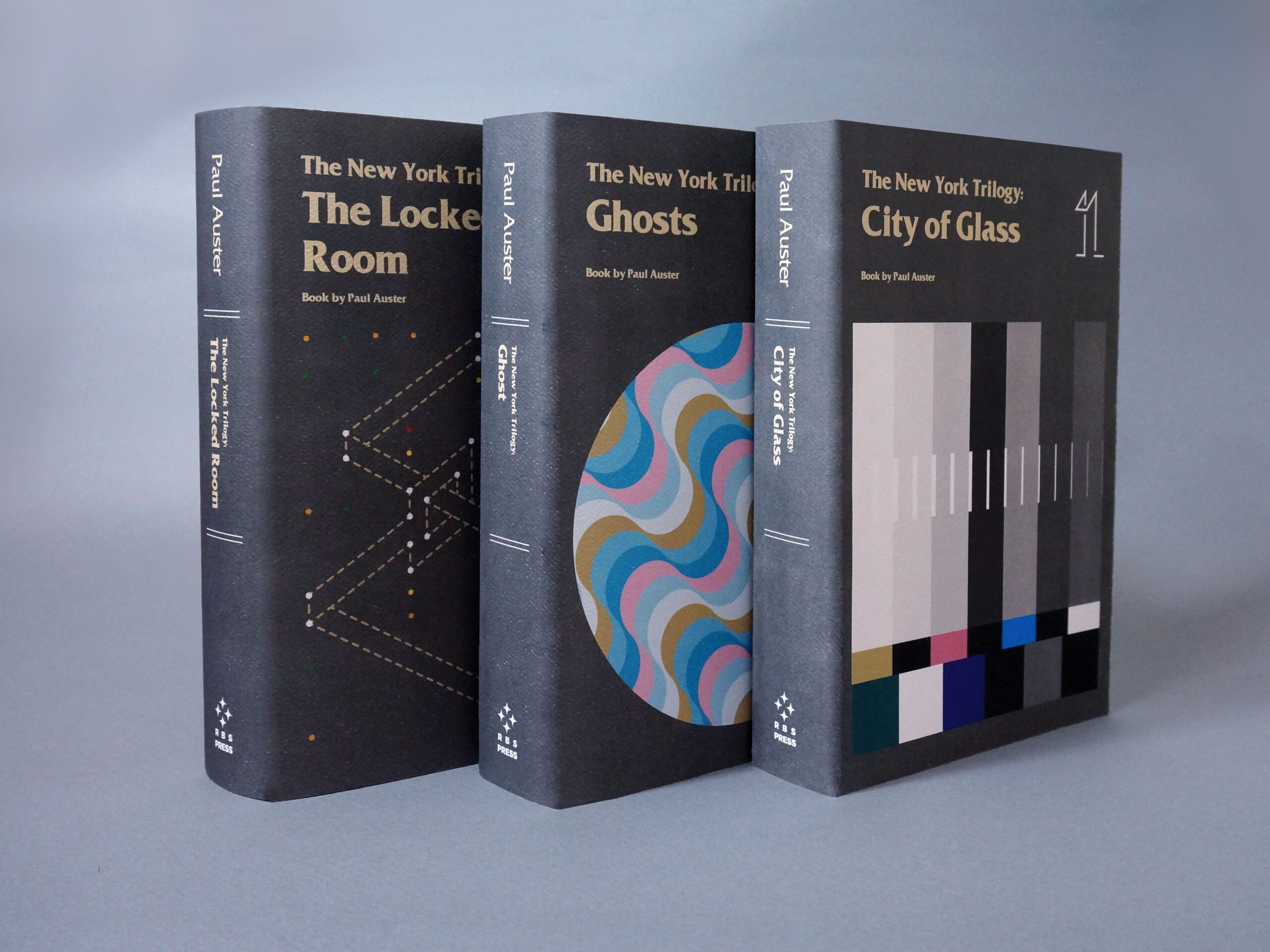
Сила индивидуальной печати книг
Если вы решили заняться самостоятельной публикацией книг, одной из ваших главных забот станет поиск экономичных вариантов печати книг.
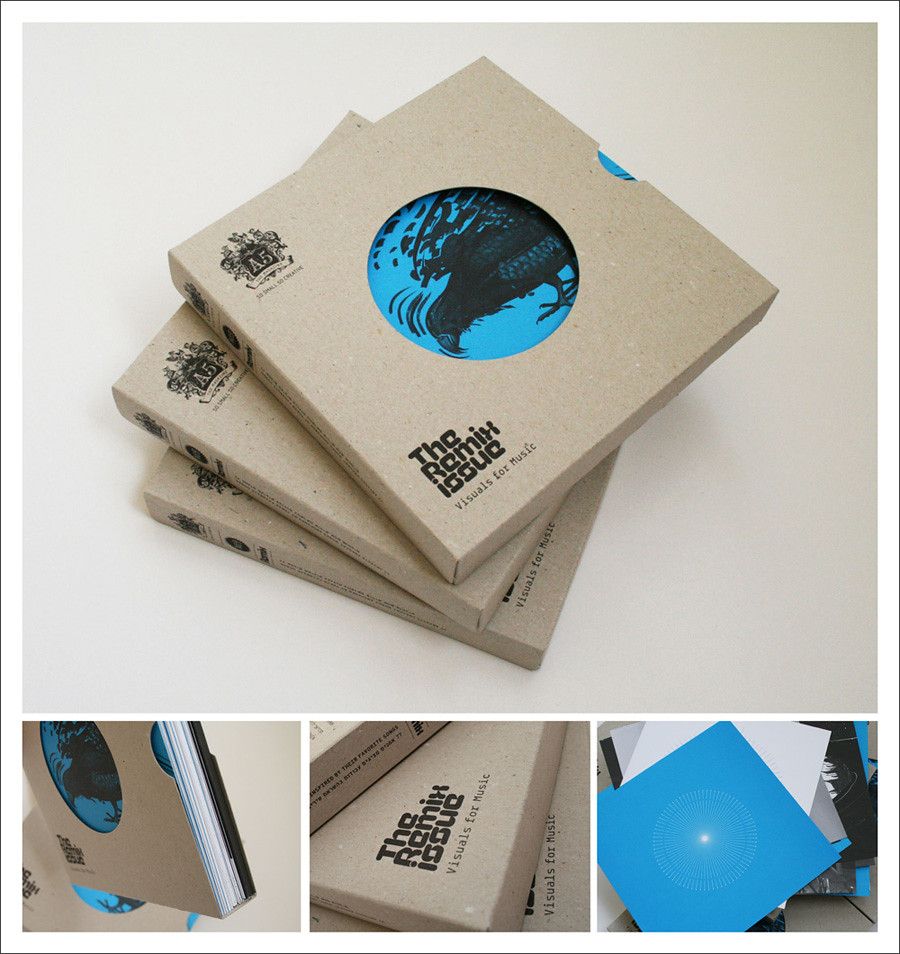
Сколько стоит напечатать книгу в мягкой обложке объемом 200 страниц?
Как специализированная типография, мы понимаем, что путь самостоятельной публикации может быть как захватывающим, так и пугающим.

Почему люди предпочитают книги в мягкой обложке
В мире издательского дела обложка книги в твердом переплете — это нечто большее, чем просто защитный слой — это динамичный способ повествования.
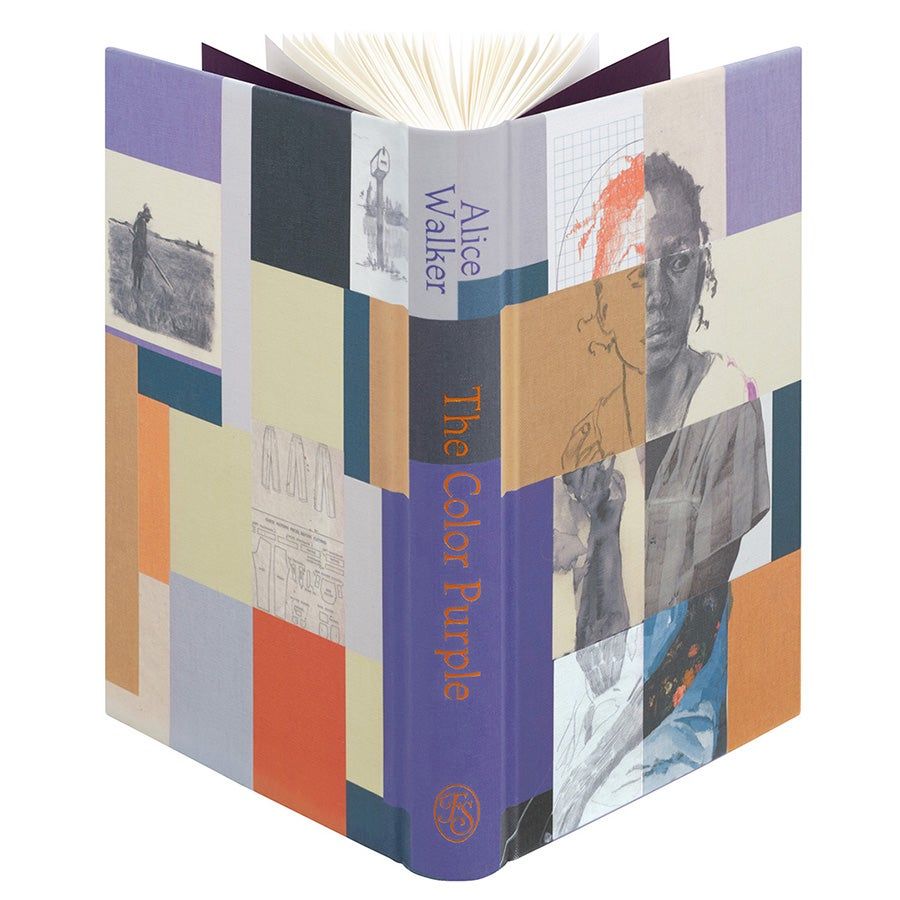
Полное руководство по индивидуальному переплету книг в твердом переплете
Твердый переплет остается лучшим выбором для авторов, издателей и любителей книг из-за его непревзойденной прочности и элегантной эстетики. В то время как книги в мягкой обложке предлагают удобство и портативность,
Связаться с нами
- +86 13946584521
- info@booksprinting.net
- 8:00 - 22:00 (пн - вс)
Комментарии
Сопутствующий блог
Узнайте о новейших тенденциях и общих знаниях в сфере книгопечатания.
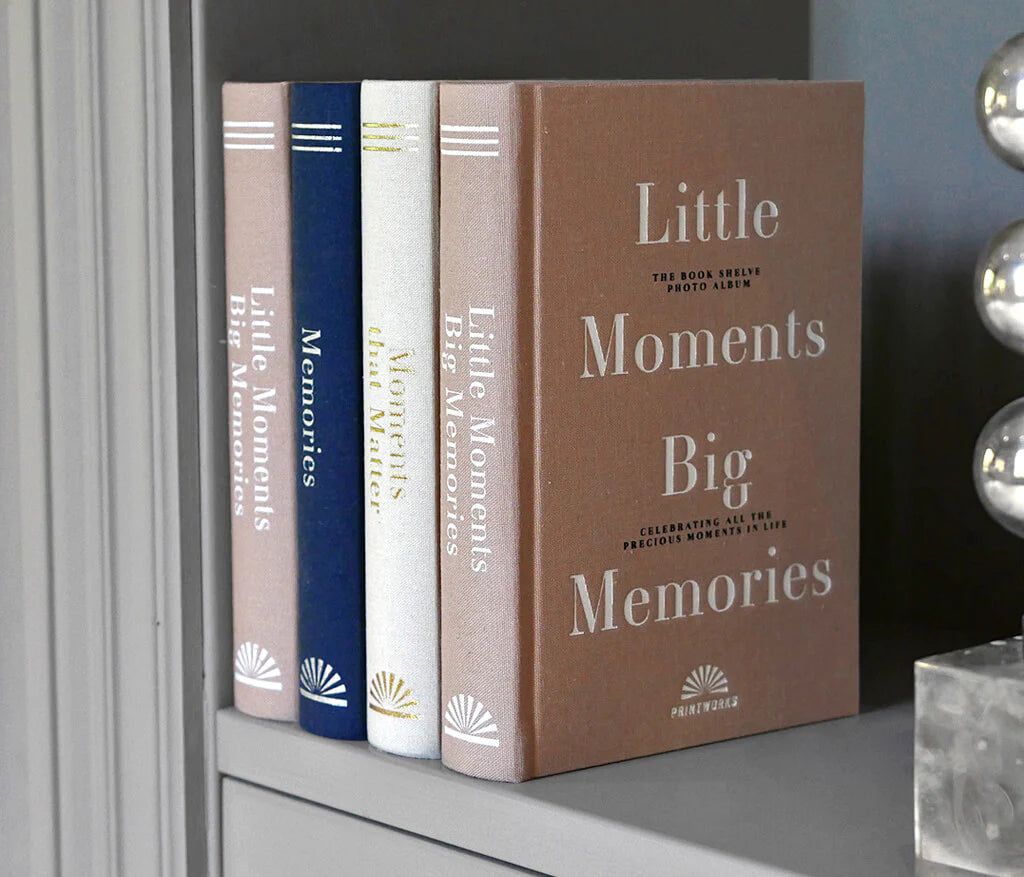
Как создать идеальную обложку для книги в твердом переплете
В мире издательского дела обложка книги в твердом переплете — это нечто большее, чем просто защитный слой — это динамичный способ повествования.
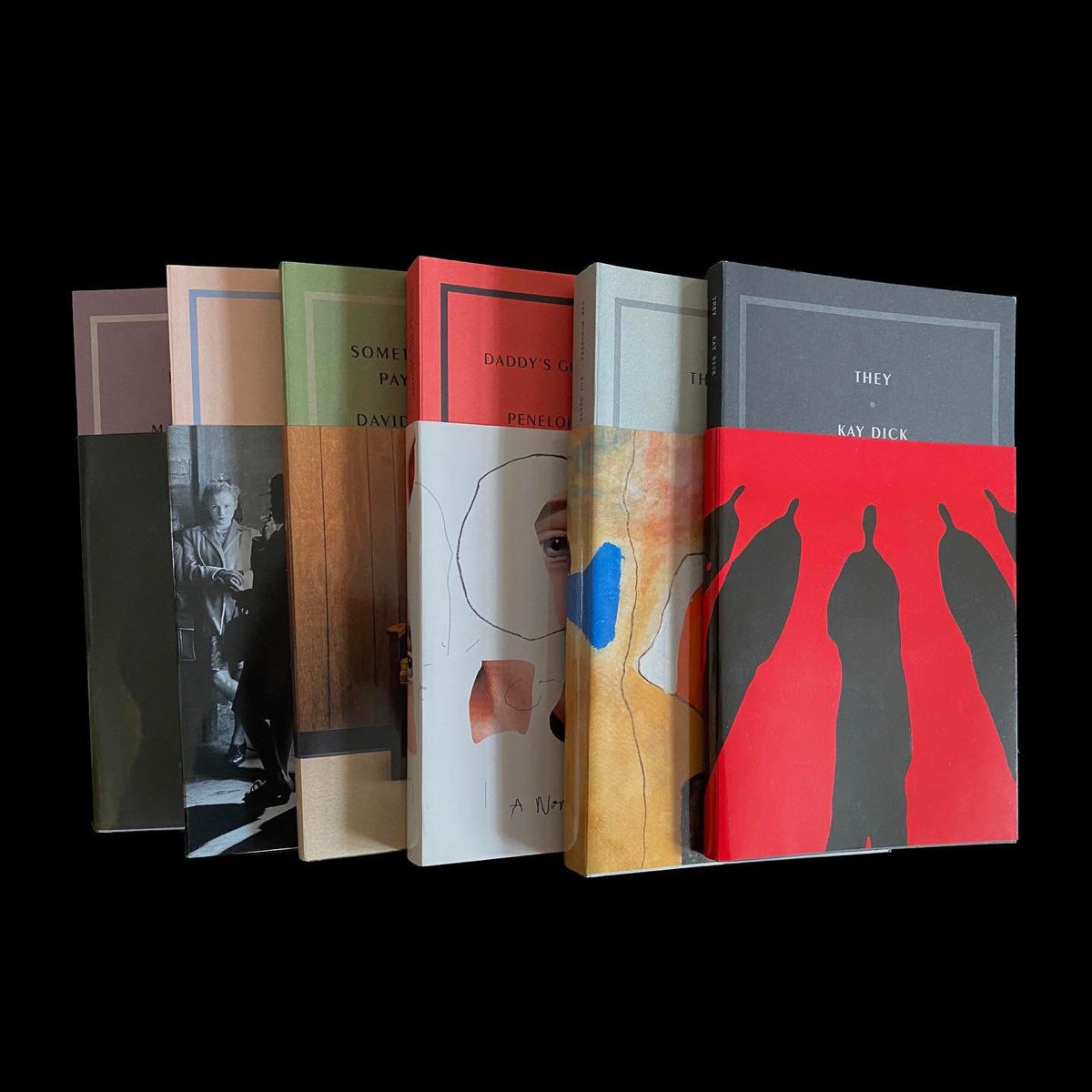
Преимущества выбора книг в твердом переплете
Книги в твердом переплете пленяют читателей уже более трех столетий, заслужив почетное место в библиотеках и домах. От классической литературы до современных книг по саморазвитию

Какова цель печатных книг?
При создании детской книги важен каждый элемент, особенно выбор бумаги. Выбор правильного типа бумаги может улучшить внешний вид книги,

Сколько стоит сделать фотокнигу
Создание фотокниги — идеальный способ сохранить воспоминания, отметить важные вехи жизни или даже преподнести уникальный подарок кому-то особенному. Однако многие люди задаются вопросом: *«Сколько стоит сделать фотокнигу?»* Стоимость создания высококачественной фотокниги может значительно различаться в зависимости от различных факторов.

